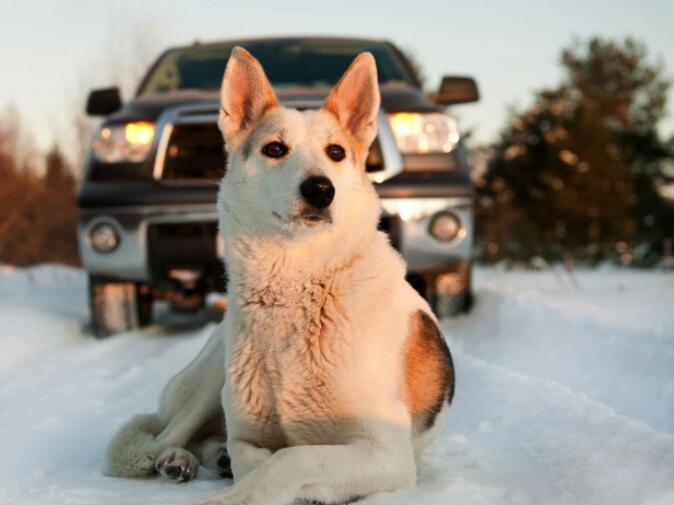Coconut, the tropical fruit adored by many, is not only a delectable indulgence for humans but can also be a delightful treat for our furry companions. However, when considering sharing this nutrient-rich fruit with your dog, caution is paramount. This guide will elucidate the intricacies of incorporating coconut into your dog’s diet.
Is Coconut Oil a Healthy Fat or a Myth?
While coconut oil is lauded for its health benefits in humans, it may not be the ideal primary source of fat for dogs. Dr. Angela Rollins, a veterinary expert, advises against relying on it as the main fat source for your pet. It can be included as a supplement, but limit it to no more than a teaspoon daily. Be vigilant for signs of digestive issues like loose stools. On a positive note, coconut oil can serve as a natural moisturizer for dry paw pads.
Coconut Meat: A Delicious Treat in Moderation
Coconut meat, whether raw or dried, can be a tasty treat for dogs when given sparingly. Small amounts of unsweetened shredded coconut can be added to your dog’s meal or served as an occasional treat. However, large flakes or excessive quantities may lead to choking hazards and stomach upset due to their high fat and fiber content.
Coconut Milk: A Dairy-Free Alternative for Lactose-Intolerant Pups
Lactose intolerance in dogs is a reality, and coconut milk can be a suitable alternative. Offer it in small quantities – about a teaspoon per meal – and consider non-dairy coconut-flavored ice cream for those hot summer days.
Coconut Flour: A Gluten-Free Baking Option
For those looking to bake something special for their pooch, coconut flour is a safe option that’s free from wheat and other gluten-containing grains. It’s a great way to add nutritional value to your dog’s diet.
Coconut Sugar: A Healthier Sweetener for Your Furry Friend
While dogs don’t need added sugars, coconut sugar is a viable option if you’re making homemade cookies. Its low glycemic index makes it a healthier choice compared to cane or beet sugar.
Coconut Flakes: A Choking Hazard to Avoid
Although nutritionally safe, large coconut flakes can pose a choking risk and should be avoided. If you choose to offer them, ensure they are shredded or very small, and provide them one at a time.
The Nutritious Side of Coconuts for Dogs
Coconuts are not just tasty; they’re packed with nutrients that can benefit your dog’s health. Manganese supports bone health, phenolic compounds act as antioxidants, and lauric acid reduces inflammation and boosts the immune system.
Creative Ways to Incorporate Coconut into Your Dog’s Diet
Experiment with these fun recipes to add variety to your dog’s meals:
Coconut Oil Pup-sicles
Mix half a cup of solid coconut oil with frozen fruits, portion into an ice cube tray, and freeze. Offer one pup-sicle per day to avoid overconsumption of coconut oil.
Coconut Peanut Butter Dog Biscuits
Bake these delicious biscuits using coconut flour, peanut butter, and honey or coconut sugar. They’re sure to be a hit with your four-legged friend!
Banana Blueberry Coconut Smoothie
Blend bananas, blueberries, ice, peanut butter, and coconut oil for a refreshing and nutritious smoothie. Portion into ice cubes and offer as a cool treat on hot days.
What About Unsafe Coconut Products for Dogs?
While most coconut products are safe, some should be avoided:
- Sweetened Coconut: Contains added sugars that are unhealthy for dogs.
- Coconut Husk or Shell: These rough parts can harm if swallowed.
- Coconut Water: High potassium content may be unsafe for dogs.
How Much Coconut Can You Safely Feed Your Dog?
When it comes to coconut products, moderation is key. Offer small amounts of coconut meat, oil, milk, and flour. Due to their sugar content, limit coconut sugar and ice cream to small servings.
In conclusion, while dogs can enjoy the benefits of coconut, it’s crucial to feed them in moderation and with the right products. Always consult your vet before introducing new foods into your dog’s diet.









